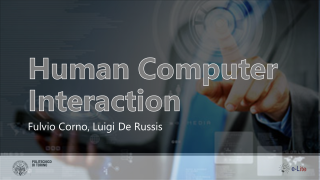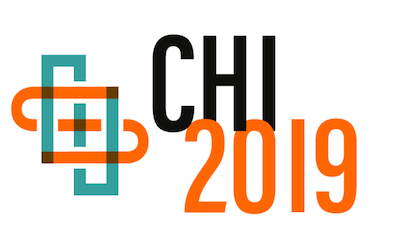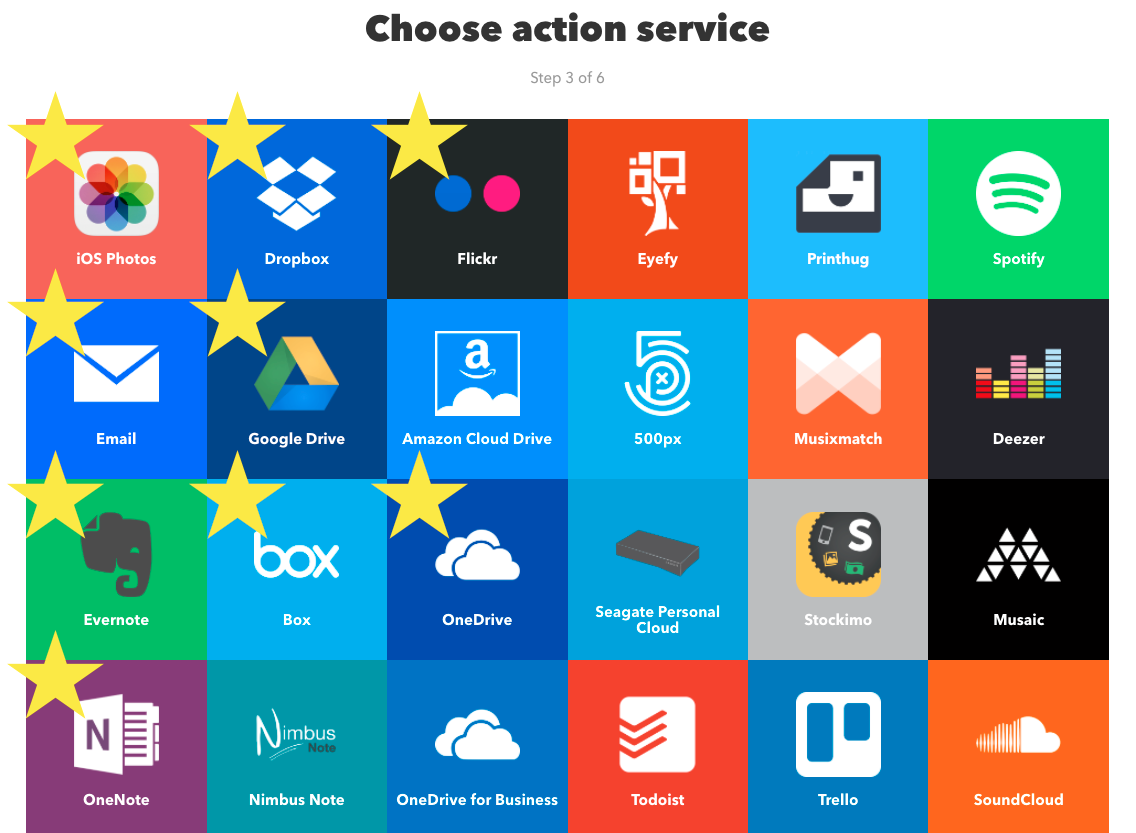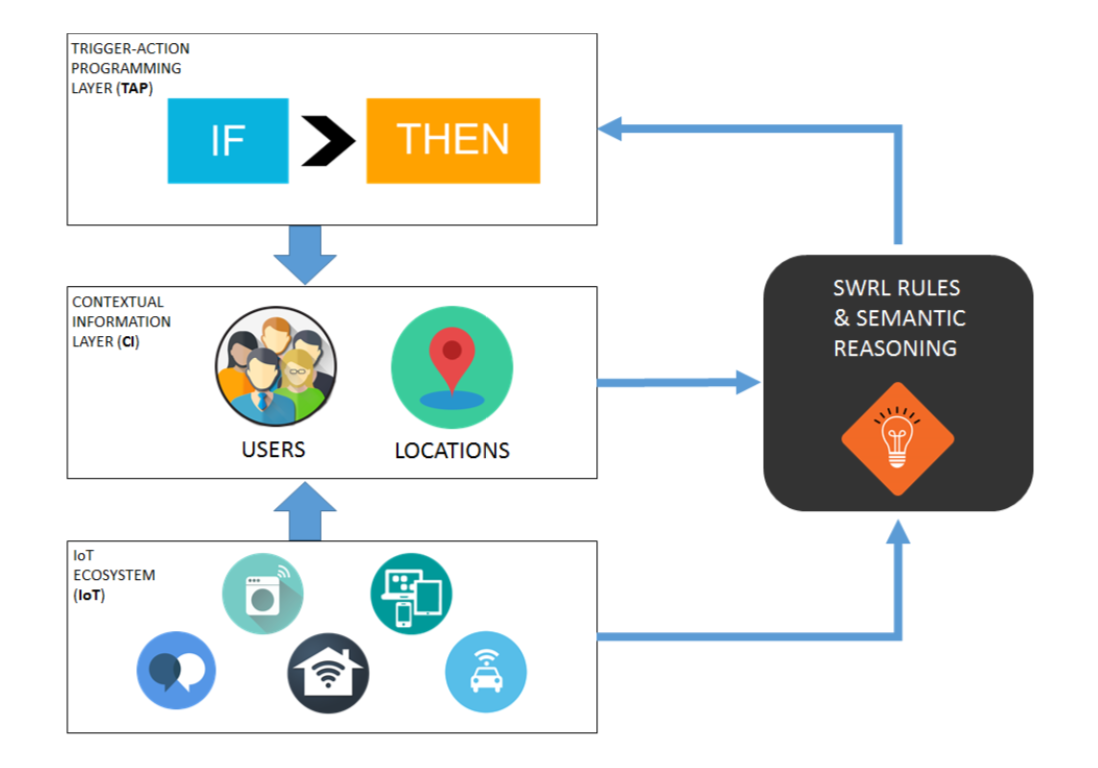- Details
Robotica educativa? didattica innovativa? apprendimento esperienziale ed interattivo?
Grazie al progetto "Batti il 5!", coordinato a livello territoriale dalla Fondazione della Comunità di Mirafiori ONLUS, Sabato 18/05/2019 il gruppo e-Lite parteciperà alla tradizionale Festa di primavera delle scuole del quartiere Mirafiori (Torino). In tale occasione verranno proposte ai bambini e ragazzi delle attività di gioco e di coding utilizzando robot educativi (Lego EV3) programmabili con interfaccia Scratch.
- Details
Today, in front of a full classroom, we presented to the Computer Engineering students the contents of three new courses that will be activated on next academic year (2019/2020). The presented courses were: Software Engineering II (prof. Marco Torchiano), Cloud Computing (prof. Fulvio Risso) and Human Computer Interaction (prof. Fulvio Corno).
In particular, the course of Human Computer Interaction will be given by Fulvio Corno and Luigi De Russis of the e-Lite research group, and will expose computer engineering students with the issues and challenges related to usability and user experience, and introduce them to user centered design methods.
- Details
We are happy to announce that we have two full papers and a Late-Breaking Work (LBW) accepted at CHI 2019, the premier international conference of Human-Computer Interaction. ACM CHI 2019 will be held next week (May 4-9) in Glasgow, Scotland, U.K. The papers features our work on end-user debugging in the IoT and an analysis and experimentation on digital wellbeing, while the LBW introduces the concept of an IoT notebook for an easier prototyping of IoT systems.
- Details
The workshop "Who Cares? Exploring the Concept of Care Networks for Designing Healthcare Technologies", to be held on June 8th, 2019, in Salzburg, Austria is currently accepting contributions.
Co-located with the 17th European Conference on Computer-Supported Cooperative Work (ECSCW 2019), the goal of this one-day workshop is to explore the concept of care networks in CSCW and to devise a plan for future research on healthcare technologies and systems. We will discuss collaborative care situations that are better understood by exploring various aspects of care networks. Our approach will be based on co-creation, bringing diverse perspectives together to speak about the various potentials as well as consequences of technologies that support care networks.
- Details
Nowadays, several interfaces for End-User Development (EUD) like IFTTT empower end users to jointly program the behavior of their smart devices and online services, typically through trigger-action rules. Despite their popularity, such interfaces often expose too much functionality and force the user to search among a large number of supported technologies disposed of confused grid menus. Consequently, users without technical skills may find these systems complex to be used and not useful.
Many previous works tried to mitigate such a complexity in different ways, e.g., by changing the underlying representations or by exploring new composition paradigms.
The paper EUDoptimizer: Assisting End Users in Composing IF-THEN Rules Through Optimization, to appear in the IEEE Access journal, explore a different approach by presenting EUDoptimizer, an optimization tool for EUD interfaces. Rather than acting on representations or composition paradigms, EUDoptimizer adopt an optimizer in the loop to interactively assist end users in composing IF-THEN rules. The goal, in particular, is to dynamically redesign grid layouts in EUD interfaces in an interactive way, i.e., by considering the choices made by end users during the rule composition phase. EUDoptimizer exploits a novel predictive model able to characterize the composition of trigger-action rules on the basis of their semantic and functionality similarities. It has been implemented on top of IFTTT, and it has been evaluated though an empirical evaluation with 12 end users. Results show evidence that EUDoptimizer reduces the efforts needed to compose trigger-action rules.
- Details
Various programming environments for End-User Development (like IFTTT) allow the composition of Internet of Things (IoT) applications, i.e., connections between IoT objects to personalize their joint behavior. These environments, however, only support a one-to-one mapping between pairs of object instances, and adopt a low level of abstraction that forces people to be aware of every single technology they may encounter in their applications. As a consequence, some open questions remain: would a "higher level" of abstraction help users creating their IoT applications more effectively and efficiently compared with the contemporary low-level representation? Which representation would users prefer? How such high-level IoT applications could be actually executed?
The paper A High-Level Semantic Approach to End-User Development in the Internet of Things, to appear in the International Journal of Human Computer Studies, answers the previous questions by introducing EUPont, a high-level semantic model for EUD in the IoT.
EUPont allows the creation of high-level IoT applications, able to adapt to different contextual situations. By integrating the ontology in the architecture of an EUD platform, the paper demonstrates how the semantic capabilities of the model allow the execution of high-level IoT applications. Furthermore, the approach was evaluated in a user study with 30 participants, by comparing a web interface for composing IoT applications powered by EUPont with the one employed by a widely used EUD platform. Results show that the high-level approach is understandable, and it allows users to create IoT applications more correctly and quickly than contemporary solutions.







